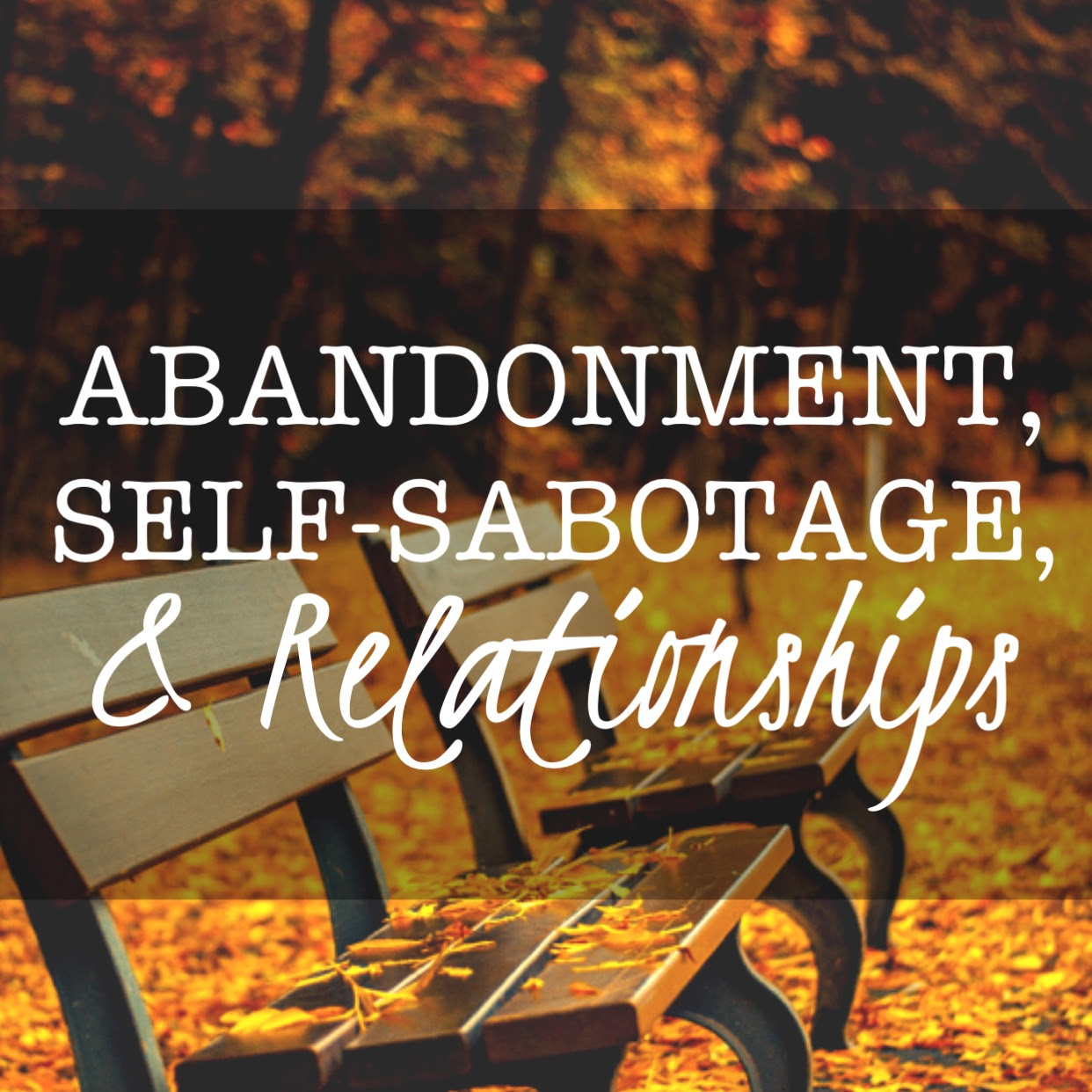
Fears & Things That Go Bump in the Night
by Carolyn Knarr, MSW, LCSW, Director of Children’s Therapeutic Services
Childhood fears are a normal part of growing up. Children who have vivid imaginations, or who have been exposed to circumstances or ideas that are beyond their understanding will be more likely to have fears. God gave us fears to keep us safe. For example, a child with a fear of fire would avoid playing with matches. A child afraid of heights will be more careful when hiking or exploring.
Fears change as kids grow and develop. Common fears during the preschool years include fear of such things as: the dark, masks, clowns and other people in costumes, noises at night, monsters, ghosts, and dogs. As children enter school age, fears may change to such things as: storms, thunder, the news, snakes, spiders, certain television shows or movies, being home alone, the possibility of natural disasters, and even failure and rejection. Older school-age children, because of the development of abstract thinking, worry about what might happen, such as the death of one of their parents, failure, bodily injury, or parents getting a divorce.
Problems arise when fears interfere with daily life, or don’t go away as the child gets older. As much as a parent hopes the child will grow out of it, sometimes the opposite occurs. Fears may become phobias. According to the DSM 5, a phobia is an anxiety disorder that involves a persistent fear of an object, place or situation and is disproportional to the threat or danger posed by the object of the fear. The person who has the phobia will go to great lengths to avoid the object of the fear and experience great distress if it is encountered. These irrational fears and reactions result in interference with social and school life, and often are extreme, severe, and persistent. Phobias are a common reason for referral to a mental health professional, but are very responsive to outpatient counseling.
Phobias can be hard to live with when the trigger is hard to avoid. Examples of these types are real events such as thunder storms, driving over a bridge, or going to bed every night. “Real” phobias are one of the top reasons kids are referred to mental health professionals. But the good news is that, unless the phobia hinders the child’s everyday ability to function, treatment by a professional may not be needed because, in time, the phobia may be resolved without intervention.
Helping Your Child Manage Fears
Parents can help their children, in concrete ways, to manage their fears. Parents can do the following:
- Resist minimizing the fear or telling your child there is no reason to be afraid. When parents acknowledge their child’s fears and empathize, they are in a better position for the child to respond to interventions. Fears are very real to children.
- Express confidence to your child that you can help them get over their fear.
- Talk about the fear with your child, and listen to what they say. When children are allowed to talk about their fear, it gives them power over it and allows them to vent their emotions. Discuss with them how their body feels when they are afraid and listen to their response.
- Use age-appropriate strategies to deal directly with the fears:
- Have your young child color a picture of the monster they are afraid of, and then have them put themselves in the picture, successfully fighting off the monster.
- Put up signs in your child’s room that tells monsters they are not wanted.
- Read bedtime stories to them with a flashlight in the closet they may think is haunted.
- Have your school-age child who is afraid of tornadoes figure out what percentage of homes in the St. Louis area have been hit by a tornado in the past five years.
- In the same way, research lightening with them.
- Teach your child how to appropriately approach a dog, using a friend’s calm, child-friendly dog.
- Role play what you would do if a burglar entered the house at night (but only if they already have this fear!). Let your child play the part of the burglar, and then pick them up playfully, carrying them somewhere out of harm’s way.
- Teach children relaxation and self-distraction strategies.
- Limit exposure to the news or movies that they are not ready to handle.
- Watch “funny” scary movies and laugh together at how silly they are.
- Praise them for effort and small successes!
Don’t, however, cater to a child’s fears. If your child is afraid of spiders, don’t let them off the hook and avoid having them take their laundry to the basement because there might be a spider downstairs. Send them with a fly swatter and a word of confidence. The key to resolving fears and anxieties is to overcome them, not to avoid them. You can help your child better cope with life’s situations if you help them learn how to overcome their fears.
 About the Author:
About the Author:
Carolyn Knarr earned her Master’s Degree from Washington University, and has been counseling for over 20 years. She is a member of the National Association of Social Workers, and is a licensed clinical social worker.
Carolyn has a strong background in working with children and adolescents with ADHD, attachment disorder, trauma, bipolar disorder, and Asperger’s. She works closely with their families to help them with the emotional and behavioral aspects of these disorders. She utilizes play therapy, family therapy, and cognitive behavioral therapy, and is qualified to do psychological assessments with children. Carolyn also sees adult clients, couples, and families.
Through counseling, Carolyn helps her clients look at past and present relationship issues, communication patterns, and the potential for healing and growth.





